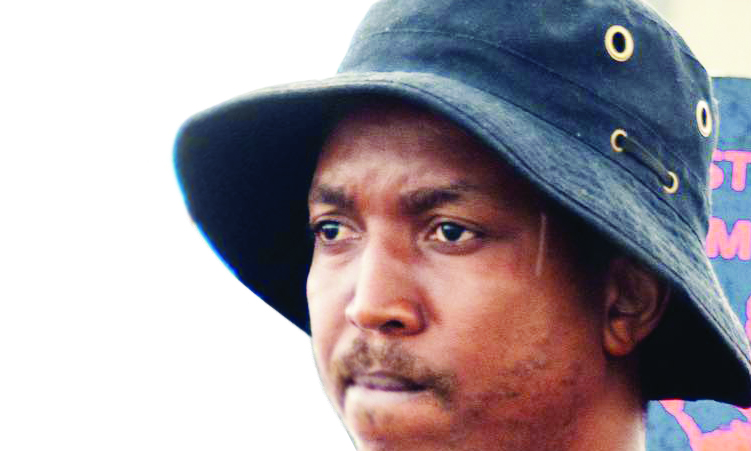A MAN in Germany who had been diagnosed with HIV has been declared free of the virus after receiving HIV-resistant stem cells through a bone marrow transplant intended to treat leukaemia.
According to research published in the journal Nature Medicine on Monday, the man was monitored for more than nine years after the 2013 transplant, and there is “strong evidence” that he has been cured.
The remission of HIV, which is usually considered lifelong, comes after a team at University Hospital Düsseldorf destroyed the patient’s cancerous cells and replaced them with donor cells that lack CCR5, the receptor that HIV particles use to infect cells.
In 2018, the patient went off antiretroviral therapy (ART) and had remained free of HIV since, the paper said.
He is one of a small handful of people to receive such treatment effectively, including Timothy Ray Brown, who had a bone marrow transplant, also to treat leukaemia, in Berlin in 2007, and Adam Castillejo, who was declared free of HIV in London in 2019.
While the treatment is unlikely to be used with non-cancer patients because of its high risks, the research offers further confirmation that HIV is not entirely incurable.
Björn-Erik Jensen, the virologist who led the study at Düsseldorf University, told ‘Nature Medicine’ that the research “shows it’s not impossible – it’s just very difficult – to remove HIV from the body”.
Sharon Lewin, the director of the Doherty Institute in Melbourne and president of the International Aids Society, has known about the Düsseldorf patient for several years.
She said the research was “very reassuring”, noting that there had been five patients who had been cured through the pathway.
“This is real, and it’s reproducible,” she said.
Lewin acknowledged that the approach was “not a reasonable strategy for 38 million people living with HIV” globally, but said it offered other avenues for more “scalable” research.
“The most important thing is that what we’ve learnt from these studies is that if you make every cell resistant to HIV, the virus has nowhere to go and eventually melts away,” she said.
There could be less invasive ways to create that resistance, such as gene therapy.
Lewin said there had been “some really big advances” in gene therapies over the past five years which may make this “highly feasible”.
The Düsseldorf patient marks the latest development in a disease that was once a deadly diagnosis.
Thanks to breakthroughs in medicine, it has become a manageable condition for those with access to medication.
If those with HIV take ART daily, they can decrease the viral load so that it is undetectable and not transmissible to sexual partners.
However, HIV, when left untreated, can progress to AIDS.
From 1990 to 2019, deaths from HIV decreased by 86%.
And average life expectancy after an HIV diagnosis has gone from one year in the 1980s to near normal, according to the National Institutes of Health.
– IOL News
Stay informed with The Namibian – your source for credible journalism. Get in-depth reporting and opinions for
only N$85 a month. Invest in journalism, invest in democracy –
Subscribe Now!






